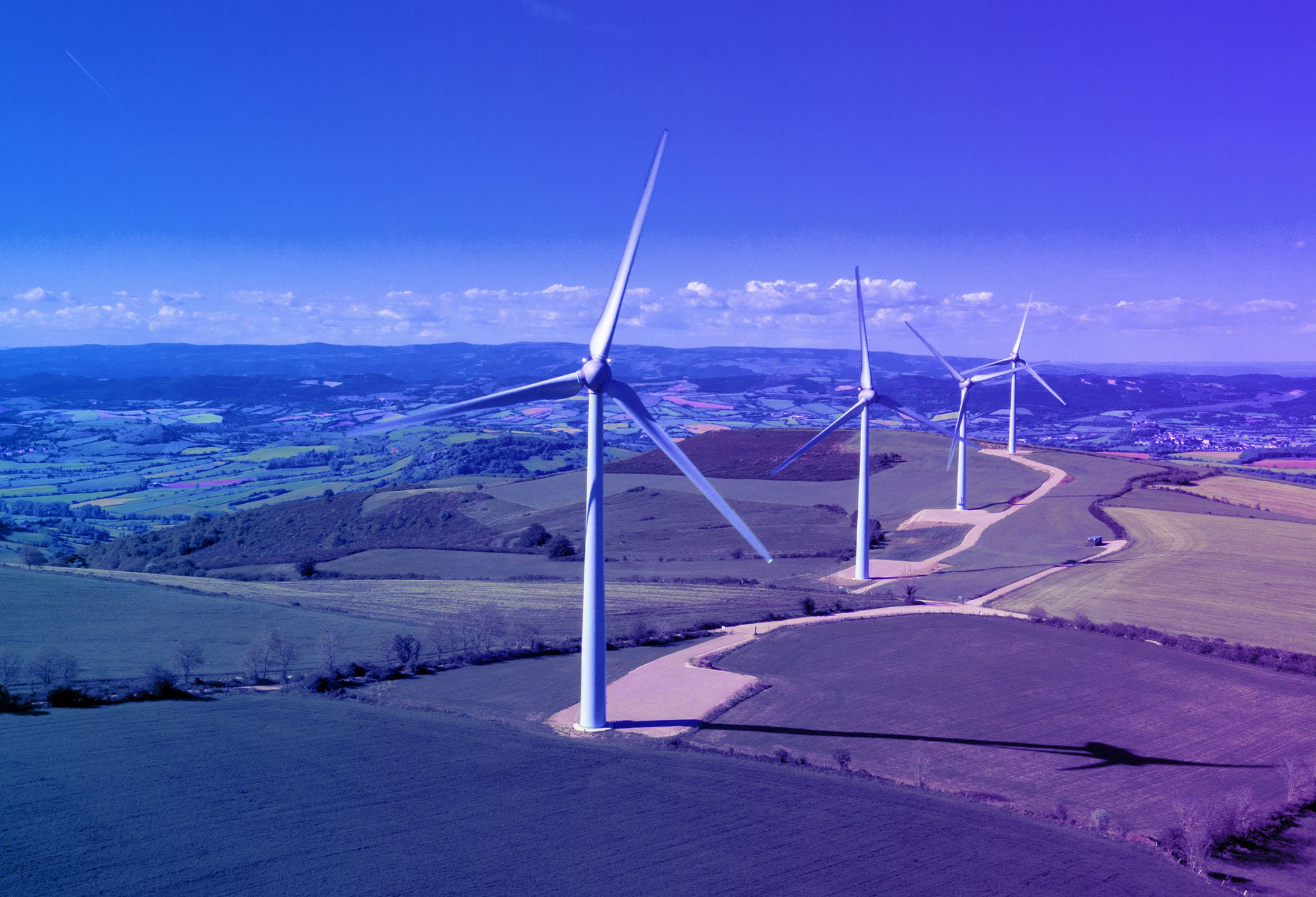Anish De, Partner | 3 January 2023
Over the years, global energy systems have come to be very large and connected. The situation in Europe has demonstrated how sensitive energy availability and prices are even to a regional conflict. In particular, since Russia is a major energy supplier to the world and the impacts have been significant. The conflict started at a time when the prices were already on the rise consequent to the post-pandemic recovery of demand, and on the back of under-investment in energy infrastructure for close to a decade. The geopolitical situation was a timely reminder that actions in the energy sector must be well thought through, aiming for rapid transition but simultaneously acting to prevent disruption. Today’s world will not countenance prolonged energy shortages.
It is in this context that natural gas has come to be so important. It is a fossil fuel but a clean burning one with much lower emissions than coal and other hydrocarbons. It is also a very substantial part of the global energy basket now, accounting for about a quarter of global electricity generation. It also plays a key role as an industrial feedstock including for fertiliser production. While there are questions on the long-term future of all fossil fuels, in the absence of lower carbon alternatives in the medium term, natural gas will likely play a major role in supporting a transition to net zero energy systems. Many view it with scepticism since it eats into the very limited carbon space that remains. Hence, it is not without its critics. However, it can serve some very important energy supply needs before renewable energy and energy storage systems are ready to address those needs.
A Transition Fuel
Liquefied natural gas (LNG), which is essentially natural gas cooled cryogenically, has brought an additional dimension to this story, and that of flexibility. While the ongoing geopolitical crisis in Europe upended supplies through the Nordstream pipelines, the energy systems adjusted better than expected to the massive disruption. This was possible only because LNG allowed for demand to be met and gas storage in Europe to be filled much faster than anticipated, despite infrastructure limitations. This combination of relatively clean characteristics with the flexibility that it brings to the energy systems makes LNG’s case even more strong as a transition fuel for the world.
India’s Energy Basket
In India, the realities are different from Europe. India is, and probably will, be on a faster growth trajectory than most of the world for the coming several decades. We must accept the realities of the energy transition, but also act in a way that we do not lose opportunities and the moment. This is where energy becomes critical for India. We must decarbonise, but we also must not curb growth. This means that we cannot allow a situation where we become a victim of energy poverty.

India’s choices of fuels are limited
While renewables are being developed full throttle, their relative contribution is still small. New coal is very difficult to finance and build at scale. Given the energy and food security imperatives, natural gas will perhaps play a greater role than before. Domestic gas supply currently meets only half the needs of the country and this is unlikely to change radically per the current prognosis. Hence, imported LNG, for which India will soon have one of the best infrastructure globally with receiving terminals dotting the coastline from Kutch to the proximity of Kolkata, is likely to play a very significant role.
Future of LNG
Even as a significant role for LNG in the energy future can be foreseen, its contribution to the long-term energy future will be dictated by a number of factors. These include:
A version of this article was published on 11 January, 2023 by Moneycontrol.com

